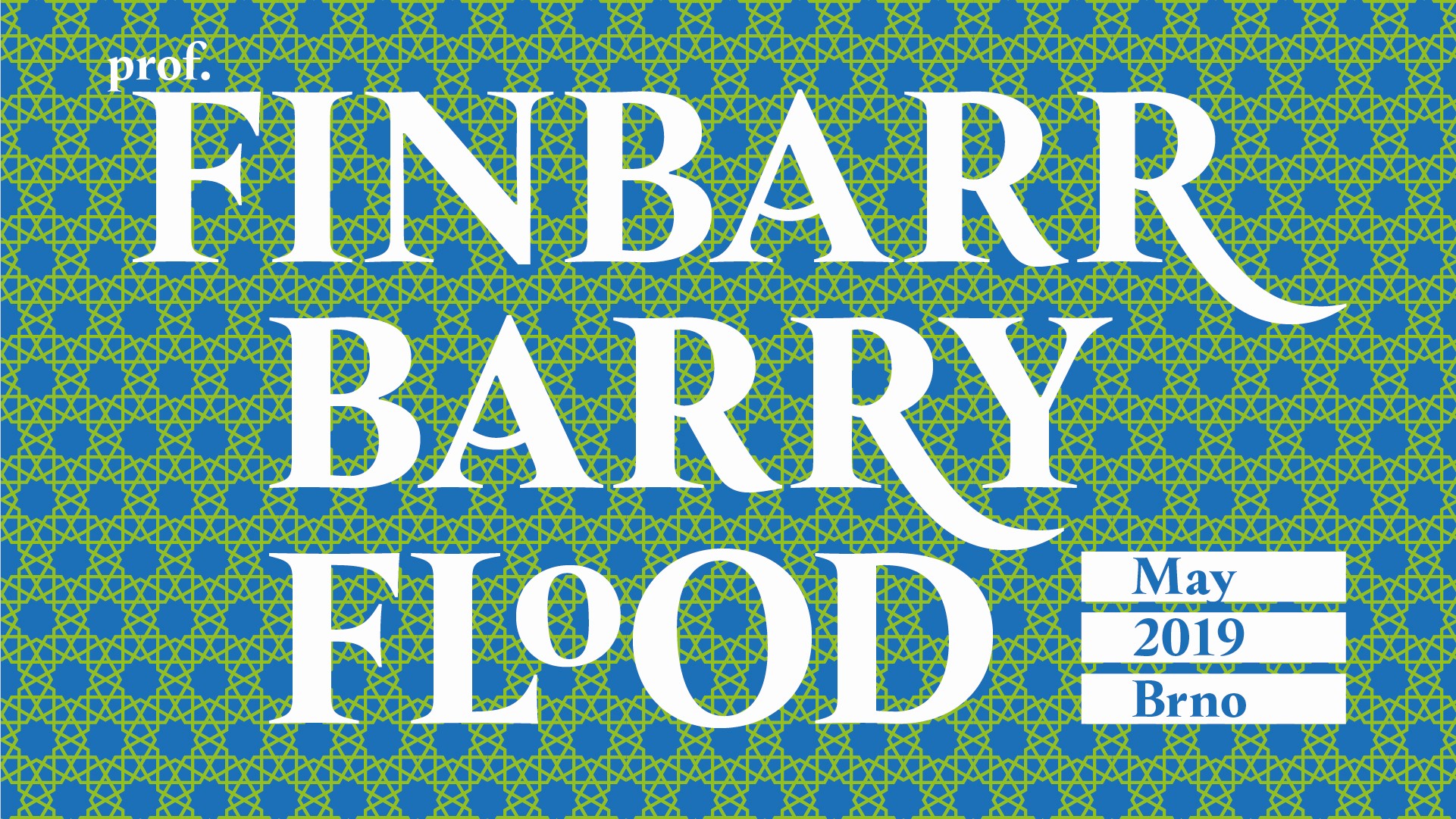Dear friends and colleagues,
The Centre for Early Medieval Studies at the Department of Art History (Masaryk University) would like to kindly invite you to the lecture series Islam and Image: Beyond the Bilderverbot of Prof. F. Barry Flood held from May 13 to 17 in Hans Belting Library. The lectures will take place each day from 10 to 12 a.m. and from 1 to 3 p.m.
In these thematic lectures, focusing on the period from late antiquity to modernity, the construction of attitudes to images and image-making in the Islamic world will be considered. Drawing on a recent scholarly interest in aniconism and iconoclasm, the ontological status of images, their social function and material (in)stability will be discussed.
This lecture series intended for the students of the Masaryk University will be followed by the Prof. Flood's Stredověc Jinax paper entitled From Trace to Print: Histories of an Islamic Image Relic. It will take place on May 30 at 7 p.m. in Hans Belting Library and will be opened to the public.
We are looking forward to meeting you all!
* * *
The perception of Islamic art as an aniconic art is
